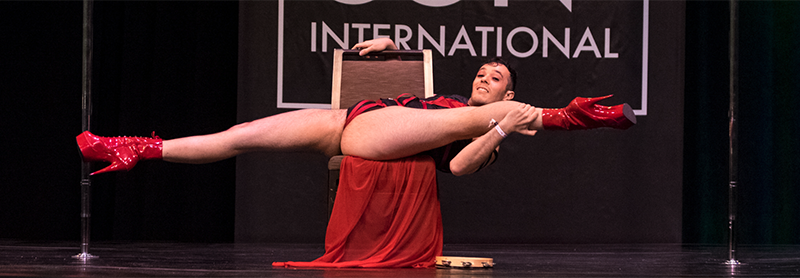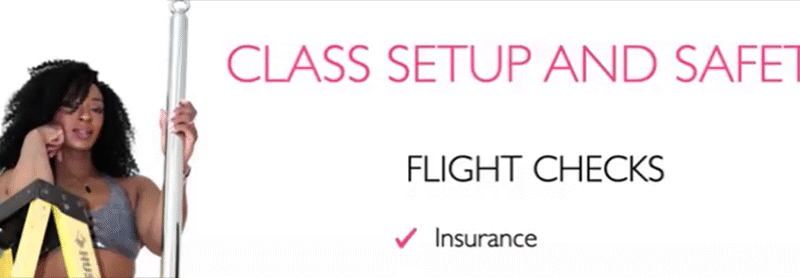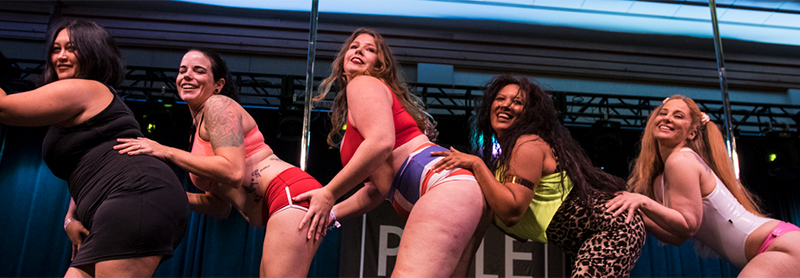A train-cation is a trip (usually away from home) where you focus for a specific…

How to create a gender-inclusive pole dance class
Creating an inclusive space where your students can be comfortable learning and growing is an important part of being a pole dance instructor!
Part of creating that inclusive space is letting your students be comfortable in their preferred gender, not necessarily the gender they were assigned at birth, during your classes or while they are attending your events.
What is gender identity?
While gender identity is evolving all the time, here are a few basic definitions:
- Cisgender: the personal identity of the person matches their gender assigned at birth such as “cis-female” or “cis-male.”
- Transgender: the personal identity of the person does not match their gender assigned at birth such as “trans-female” or “trans-male.”
- Non-binary: the personal identity of the person does not fit “neatly” into either the traditional, binary definition of female or male.
Remember, gender identity is separate from sexual preference.
While in some medical cases it may be relevant for doctors to know the gender assigned at birth and the current identifying gender (particularly if that person is taking medication or has had gender-affirming surgery), in a pole or general fitness class this is unnecessary information. If a person says they identify as female, that’s all you need to know!
If you are not able to ask your students for their pronouns before class, avoid making general presumptions about their identities by addressing the class with gendered language such as “ladies.” Instead, try gender-neutral terms such as “folks, humans, unicorns, polers, etc.”
Now that you understand the basic concept of gender identity, let’s dive into the recommendations!
Top three recommendations for creating a gender inclusive class
The following three recommendations were shared during the Queer Pole Panel held during the third annual Virtual PoleCon October 22, 2002.
- Ask for and remember pronouns: just like you’d ask your student for their name, ask for their pronouns as well and don’t presume you know what their pronouns are or “should” be. If possible, see if your scheduling software has a place to keep this information so other teachers or staff can also have this data. Pronouns are generally she/her for female-identifying people; he/him for male-identifying people; and they/them for non-binary identifying people. Some people may include multiple pronouns such as being comfortable with both she/her and they/them pronouns.
- Use gender neutral body parts: Instead of talking about where your “t*ts” or your “p*ssy” goes in relation to the pole, use gender-neutral words like “chest” and “crotch.” Not all students understand anatomical words so consider saying both such as “press your sternum, the bone in the center of your chest, toward the pole during a body roll.” Unsure about all the bits in the crotch area? Words like groin, pubic bone and hip crease may all be appropriate depending on what you’re cueing!
- Use gender neutral pole move names: Does it have to be the “superman” or can it be the “super hero”? Can this be just a “regular sit” instead of a “lady sit”? What makes something a “lady planche” anyway? Since pole move names vary significantly from studio to studio and across the world, having your own lexicon won’t impact your students’ ability to learn from other teachers either concurrently or in the future. Who knows, you may even start a trend!
Making your students feel comfortable in your classes will help them progress faster and keep them coming back for more!
What other tips or techniques do you use in your classes to support a welcoming and gender-neutral environment in your virtual or in-person classes?



